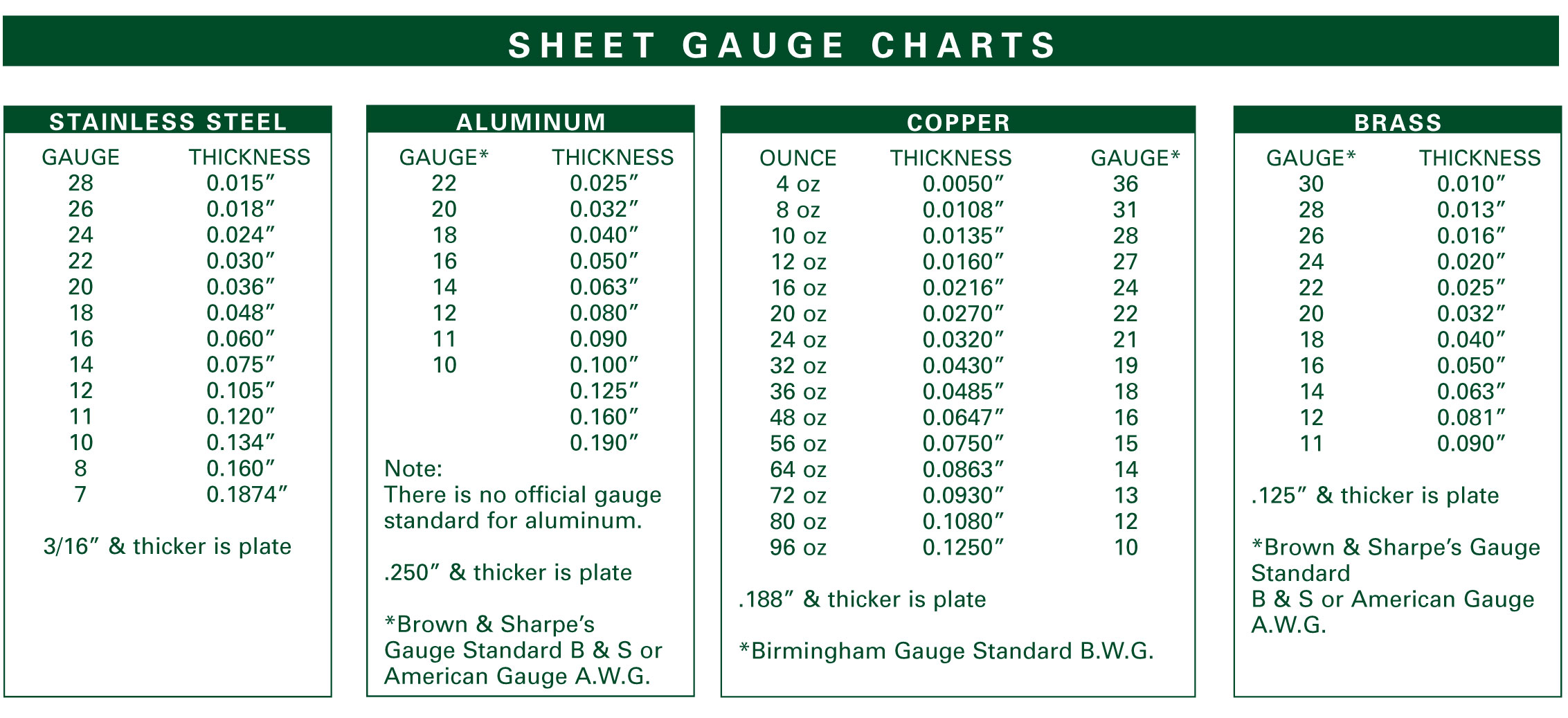Hello,
I'm considering making me a couple of 50 liter pots for homebrewing beer, and heat it on 6,5 kW gas fired heating stool. I have no experience with this, and wonder if the stainless steel will 'work' and twist under the heat or how thick to make the bottom to avoid it; how great a risk is burning the wort. (There will be either an agitator or a pump mixing.)
So I'd like to ask for your experience with this. Thank you.
I'm considering making me a couple of 50 liter pots for homebrewing beer, and heat it on 6,5 kW gas fired heating stool. I have no experience with this, and wonder if the stainless steel will 'work' and twist under the heat or how thick to make the bottom to avoid it; how great a risk is burning the wort. (There will be either an agitator or a pump mixing.)
So I'd like to ask for your experience with this. Thank you.

















![Craft A Brew - Safale S-04 Dry Yeast - Fermentis - English Ale Dry Yeast - For English and American Ales and Hard Apple Ciders - Ingredients for Home Brewing - Beer Making Supplies - [1 Pack]](https://m.media-amazon.com/images/I/41fVGNh6JfL._SL500_.jpg)









































